
Photomontage is the process and the result of making a composite photograph by cutting, gluing, rearranging and overlapping two or more photographs into a new image. Sometimes the resulting composite image is photographed so that the final image may appear as a seamless physical print. A similar method, although one that does not use film, is realized today through image-editing software. This latter technique is referred to by professionals as "compositing", and in casual usage is often called "photoshopping". A composite of related photographs to extend a view of a single scene or subject would not be labeled as a montage, but instead a stitched image or a digital image mosaic.

John Heartfield was a 20th-century German visual artist who pioneered the use of art as a political weapon. Some of his most famous photomontages were anti-Nazi and anti-fascist statements. Heartfield also created book jackets for book authors, such as Upton Sinclair, as well as stage sets for contemporary playwrights, such as Bertolt Brecht and Erwin Piscator.

Urbana is a city in and the county seat of Champaign County, Illinois, United States. As of the 2020 census, Urbana had a population of 38,336. It is a principal city of the Champaign–Urbana metropolitan area, which had 236,000 residents in 2020.
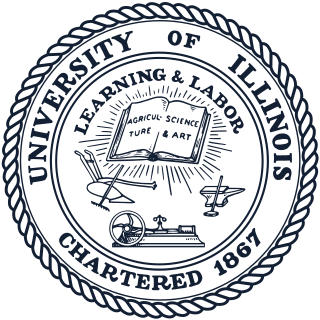
The University of Illinois Urbana-Champaign is a public land-grant research university in the Champaign–Urbana metropolitan area, Illinois, United States. It is the flagship institution of the University of Illinois system and was established in 1867. With over 53,000 students, the University of Illinois is one of the largest public universities by enrollment in the United States.

The Champaign–Urbana metropolitan area, also known as Champaign–Urbana and Urbana–Champaign as well as Chambana (colloquially), is a metropolitan area in east-central Illinois. As defined by the Office of Management and Budget (OMB), the metropolitan area has a population of 236,514 as of the 2022 U.S. Census, which ranks it as the 200th largest metropolitan statistical area in the U.S. The area is anchored by the principal cities of Champaign and Urbana, and is home to the University of Illinois Urbana-Champaign, the flagship campus of the University of Illinois system.

Lorado Zadok Taft was an American sculptor, writer and educator. Part of the American Renaissance movement, his monumental pieces include, Fountain of Time, Spirit of the Great Lakes, and The Eternal Indian. His 1903 book, The History of American Sculpture, was the first survey of the subject and stood for decades as the standard reference. He has been credited with helping to advance the status of women as sculptors.

Constructivism is an early twentieth-century art movement founded in 1915 by Vladimir Tatlin and Alexander Rodchenko. Abstract and austere, constructivist art aimed to reflect modern industrial society and urban space. The movement rejected decorative stylization in favour of the industrial assemblage of materials. Constructivists were in favour of art for propaganda and social purposes, and were associated with Soviet socialism, the Bolsheviks and the Russian avant-garde.
Gustav Gustavovich Klutsis was a pioneering Latvian photographer and major member of the Constructivist avant-garde in the early 20th century. He is known for the Soviet revolutionary and Stalinist propaganda he produced with his wife Valentina Kulagina and for the development of photomontage techniques.
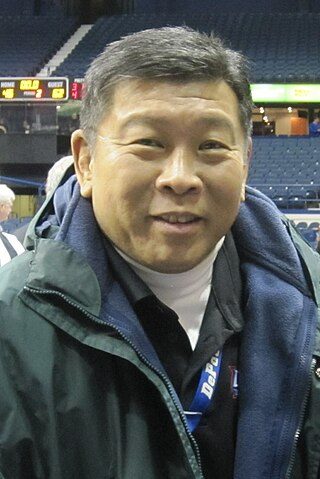
Eugene "Gene" Honda is a public address announcer for the Chicago White Sox, Chicago Blackhawks, DePaul Blue Demons basketball, Big Ten tournament, Illinois Fighting Illini football, and the NCAA Final Four. He is also a constant voice on Chicago's PBS station WTTW Channel 11, the Big Ten Network, and the Chicago Marathon. He formerly worked for radio station WLAK in Chicago. Honda was the PA announcer for the 2009 NHL Winter Classic on January 1 at Wrigley Field. Additionally, he was the PA announcer for the 2012 Frozen Four at the Tampa Bay Times Forum.

Herbert Matter was a Swiss-born American photographer and graphic designer known for his pioneering use of photomontage in commercial art. Matter's innovative and experimental work helped shape the vocabulary of 20th-century graphic design.
Michael Hubert Kenyon, also known as the "Illinois Enema Bandit", is an American criminal. He pleaded guilty to a decade-long series of armed robberies of female victims, some of which involved sexual assaults in which he would give them enemas. He is also known as the "Champaign Enema Bandit", the "Ski Masked Bandit", and/or simply the "Enema Bandit".
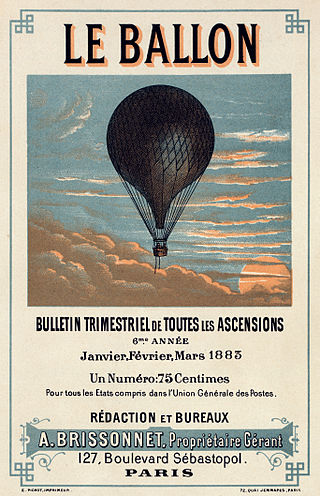
Affichiste is the French word for a poster artist or poster designer, a graphic designer of posters.
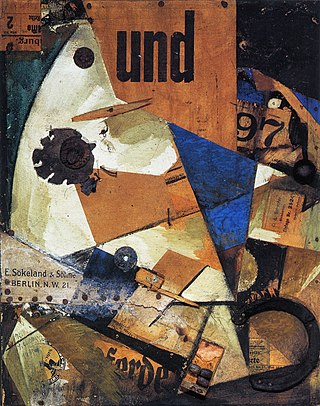
Collage is a technique of art creation, primarily used in the visual arts, but in music too, by which art results from an assemblage of different forms, thus creating a new whole.
Heinz Hajek-Halke was a German experimental photographer and educator. He was an early member of the Fotoform group.

Walter Herdeg was a Swiss graphic designer, noted for his travel posters and work with Graphis Magazine, who was awarded an AIGA medal in 1986.

The Rare Book and Manuscript Library at the University of Illinois Urbana-Champaign is located on the 3rd floor of the University Library. The library is one of the largest special collections repositories in the United States. Its collections, consisting of over half a million volumes and three kilometers of manuscript material, encompass the broad areas of literature, history, art, theology, philosophy, technology and the natural sciences, and include large collections of emblem books, writings of and works about John Milton, and authors' personal papers.

Valentina Kulagina, full name Valentina Nikiforovna Kulagina-Klutsis was a Russian painter and book, poster, and exhibition designer. She was a central figure in Constructivist avant-garde in the early 20th century alongside El Lissitzky, Alexander Rodchenko other and her husband Gustav Klutsis. She is known for the Soviet revolutionary and Stalinist propaganda she produced in collaboration with Klutsis.
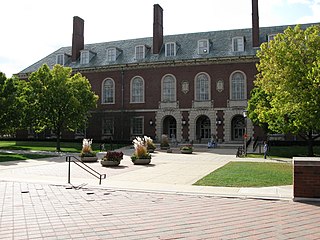
The University Library at the University of Illinois Urbana-Champaign comprises a network of physical and digital libraries. It provides resources and services to the university's students, faculty, staff, and the broader academic community.
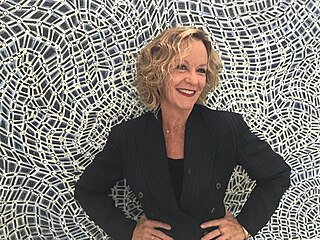
Susan Sensemann is an American artist, educator and arts administrator, best known for her detailed, largely abstract patterned paintings and photomontages reflecting gothic, baroque, spiritual and feminist sensibilities. She has exhibited her work at venues including the Art Institute of Chicago, A.I.R., The Living Art Museum (Reykjavík), Indianapolis Art Center, Chicago Cultural Center, and Art Institute of Boston, on four continents. Her work has been widely reviewed and resides in numerous private, university and corporate collections. Sensemann is known as a versatile and prolific creator, whose ideas have led her to explore diverse painting materials, media, subject matter, and styles from abstraction to realism. Critics note her work's densely packed compositions, shallow fields of oscillating space, complex tactile surfaces, and sensuous color and linearity. James Yood wrote that Sensemann's abstract paintings were "fraught with meaning, charged with value, and seething with import" in their spiritual seeking. Art historian Leisa Rundquist described her photomontage self-portraits as "strangely sensual, yet disturbing" images drawn from "the depths of the unconscious."
















